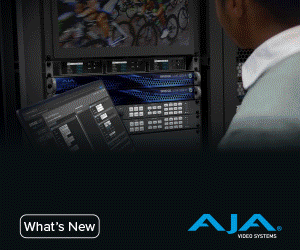Does 4K Really Enhance the Viewing Experience?

By David Edwards, Rest of the World Product Manager, IMT Vislink
2018 saw the demand for 4K production equipment grow among broadcasters. At the same time, 8K
began to pop up in conversations about “what’s next.” But, with 4K content becoming ubiquitous, there
is increasingly the question of whether it can truly deliver on its promise of generating and maintaining
viewer engagement.
While it is true that 4K resolution can look very impressive, the clarity effect is not always noticeable.
Much of the visual improvement can only be perceived if you are close enough to the display. Analysis of
how much detail the human eye can resolve suggests that you might have to sit closer than you think -
or invest in a very big TV screen.
One of the other developments in viewing technologies that are quietly making a bigger name for itself is
High Dynamic Range (HDR). In addition to raw resolution, the human eye perceives high contrast as
increased clarity. The purpose of HDR is to enhance the viewing experience by delivering imagery that
approaches the capabilities of the human visual system. It describes a much broader range of
luminance, allowing more levels of grey to be displayed. More levels of grey can better define edge
transitions, show detail in areas of extreme darkness or extreme lightness. This leads to a much greater
perception of clarity and realism.
Such viewing benefits are of particular importance for live sporting event production, where putting the
audience in the heart of the action is paramount. As the demand for innovative camera angles and new
point-of-view perspectives grows, HDR allows for a more realistic mixing of graphical overlays and real
content—and allows a move towards in-stadium augmented reality for better action expert analysis.
It has been said that the shift to 4K was about more pixels, while the move to HDR is about better pixels.
As the industry moves to (and beyond) 4K technologies, there is a good chance that ones like HDR will
continue to play a central role in their adoption. Deploying infrastructure that supports it will be key in
ensuring that equipment purchases will have an economically attractive lifespan.





